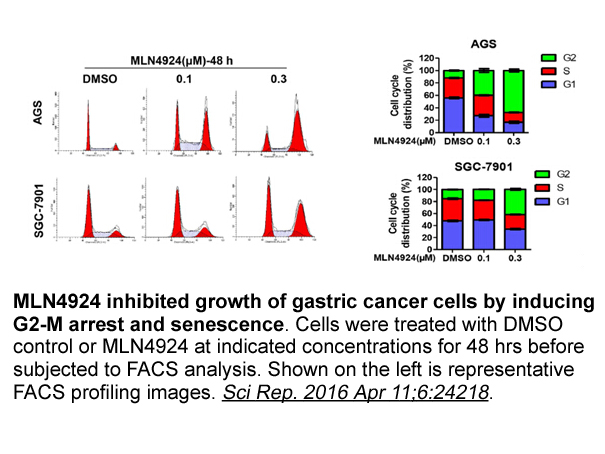Archives
Although little is known about the etiopathogenesis of
Although little is known about the etiopathogenesis of preeclampsia, this syndrome has a major impact on maternal and fetal health worldwide, since it is responsible for 10–15% of maternal deaths [16], [17], preterm births, intrauterine growth restriction (IUGR), and fetal deaths [2]. In developing countries, there are high rates of maternal morbidity and mortality from PE, mainly due to poor prenatal care [16]. In Brazil, according to data by the National Health System (SUS, in Portuguese) [18], approximately 76,000 maternal deaths and 500,000 perinatal deaths are estimated to be associated with PE every year, with an average of three maternal deaths/day due to complications arising from the disease [19].
Therefore, the identification of risk factors and the establishment of criteria for the diagnosis of PE are essential for the effective treatment and prevention of complications during pregnancy. Platelet count, measurement of hepatic enzymes, evaluation of proteinuria and blood pressure levels, weight gain monitoring, analysis of kidney and lung function, and assessment of previous pregnancy history (e.g. premature birth, children born small for gestational age, etc.) must be recorded during prenatal care. However, it is interesting to note that this entity may have atypical manifestations as those observed in the HELLP syndrome, yet in the absence of proteinuria and hypertension; thereby, careful research and analysis of signs and symptoms of pregnant women are required [2], [3].
According to the literature, several mechanisms are associated with the development of this multifactorial syndrome, including changes during placentation [20], oxidative stress [21], [22], exacerbated CUDC-101 [23], [24], [25], thrombosis, activation of the renin-angiotensin-aldosterone system [25], [26], and endothelial dysfunction caused by changes in the angiogenic profile [27]; the latter is associated with the pathophysiological changes described in PE.
Etiopathogenesis of preeclampsia
The pathophysiology of PE remains largely unknown. Nonetheless, this hypertensive disorder is thought to be triggered by placental dysfunction, which favors the synthesis of specific factors in the maternal circulation that are responsible for causing clinical changes in PE [2], [28].
In normal pregnancies, cytotrophoblasts (cells outside the blastocyst layer) invade the uterine wall between the 6th and 8th week, destroy the muscular middle layer, acquire endothelial cell phenotype, and transform spiral arteries into large vessels of low vascular resistance in order to increase blood flow to the intervillous space and thence to the fetus during embryonic development [2], [14], [28], [29]. However, there are failures in this process in PE, and the absence of arterial remodeling promotes lipid deposition in the vessel wall, as well as blood flow turbulence, platelet aggregation, fibrinoid necrosis, and intense activation of the inflammatory response [2], [14], [17].
Even though the mechanisms of this disorder are not fully known [2], [14], it is believed that poor cytotrophoblast invasion concomitant with uteroplacental hypoperfusion may contribute to PE, since multiple areas of infarction, sclerotic arterioles, increasing vascular resistance, and reduced placental perfusion are observed in the placenta [28], [30], [31], thus oxidative stress and IUGR are favored [30], [32]. Furthermore, there is a reduction in the area and volume of the intervillous space, in the intermediate and terminal villi, both in cases with PE alone and in cases with PE accompanied by IUGR. Remodeling of blood vessels in both villi is also significantly reduced [32].
Therefore, placental hypoxia is considered as a triggering factor for the increase in the synthesis of vasoconstrictors such as endothelin and superoxide, as well as the increase in von Willebrand factor antigen, cellular fibronectin, solubl e tissue factor, soluble E-selectin, platelet-derived growth factor, susceptibility to the effects of angiotensin II and norepinephrine; placental hypoxia is also a triggering factor for the reduction in nitric oxide synthesis by the maternal vascular endothelium. This endothelial dysfunction has systemic effects, since these factors affect the blood vessels in the liver, brain and kidneys, for example; in the latter, there is a reduction in the glomerular filtration rate as well as impairment of blood pressure regulation [17], [28], [29].
e tissue factor, soluble E-selectin, platelet-derived growth factor, susceptibility to the effects of angiotensin II and norepinephrine; placental hypoxia is also a triggering factor for the reduction in nitric oxide synthesis by the maternal vascular endothelium. This endothelial dysfunction has systemic effects, since these factors affect the blood vessels in the liver, brain and kidneys, for example; in the latter, there is a reduction in the glomerular filtration rate as well as impairment of blood pressure regulation [17], [28], [29].